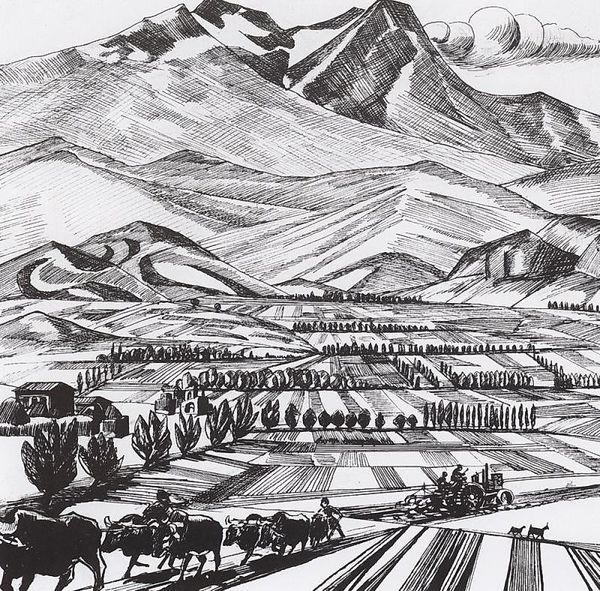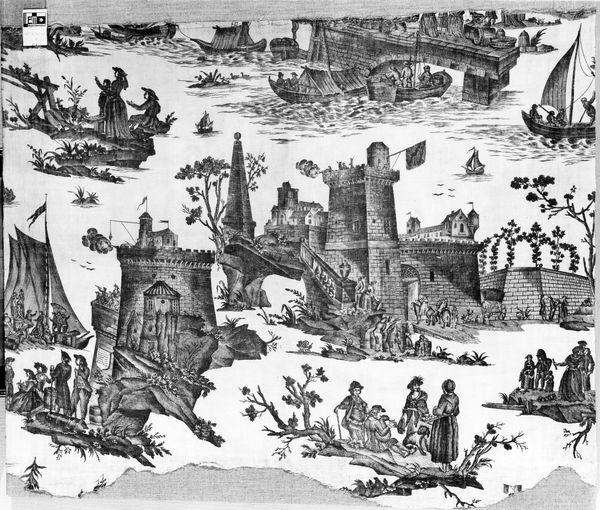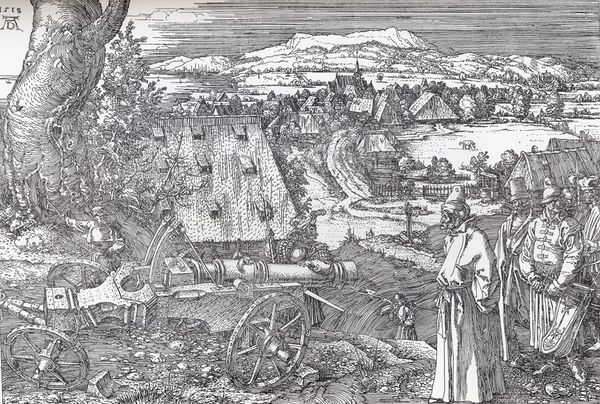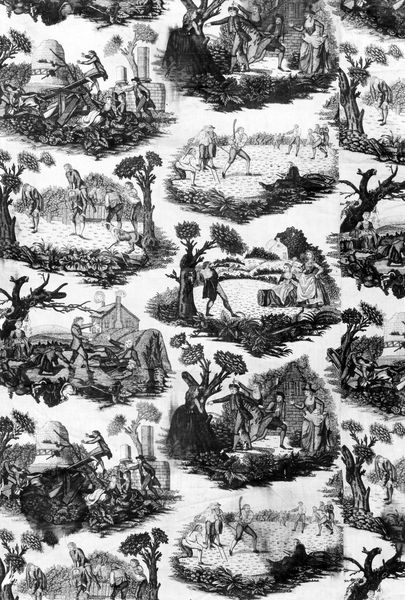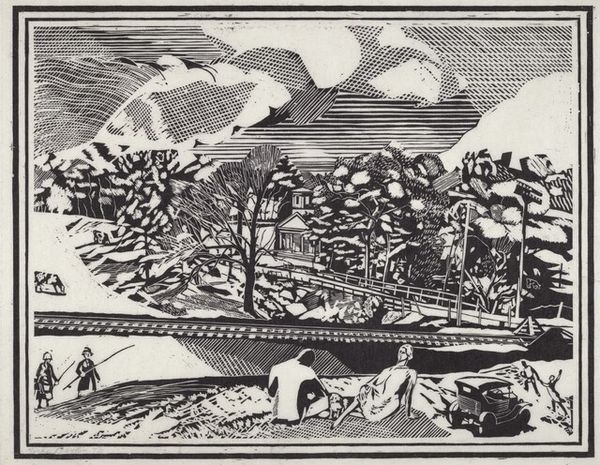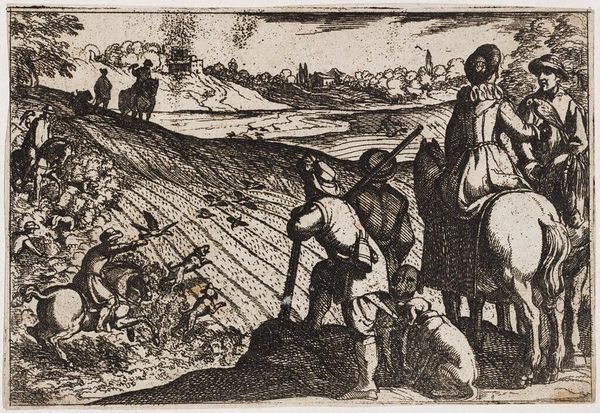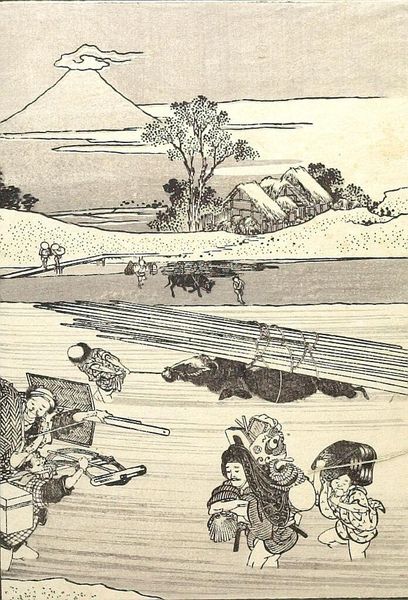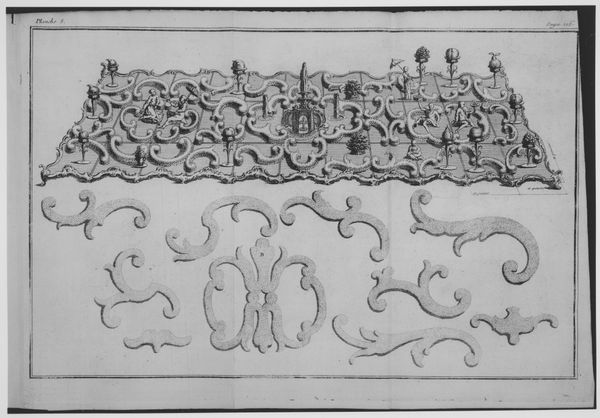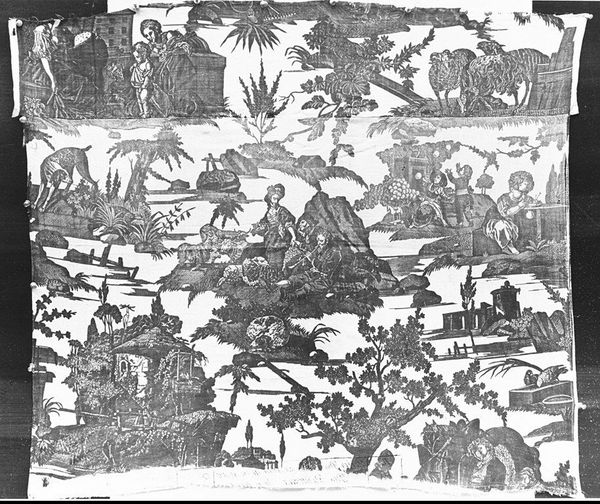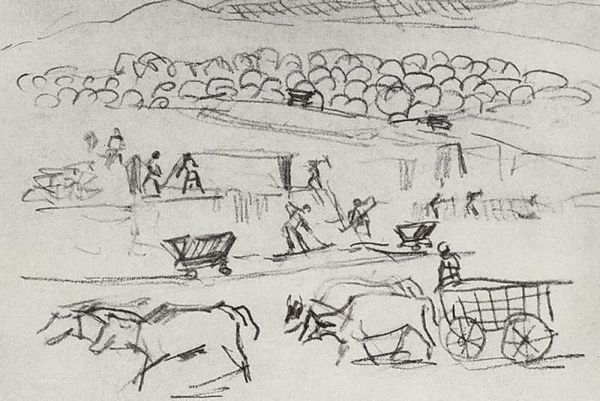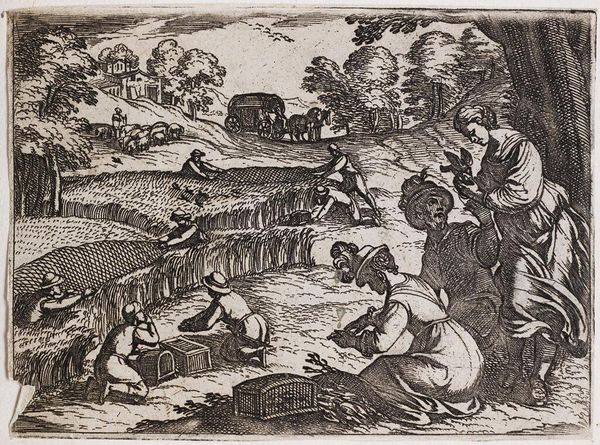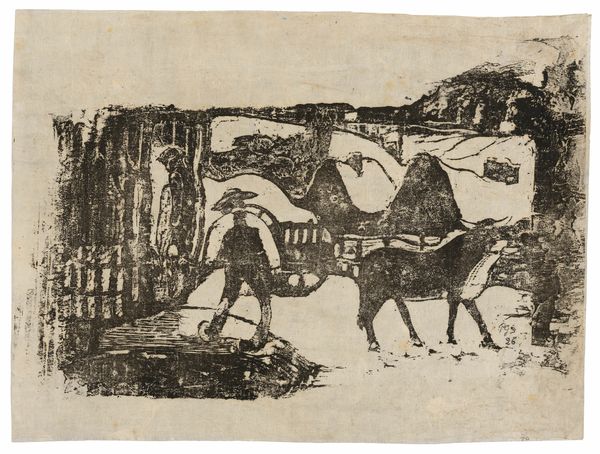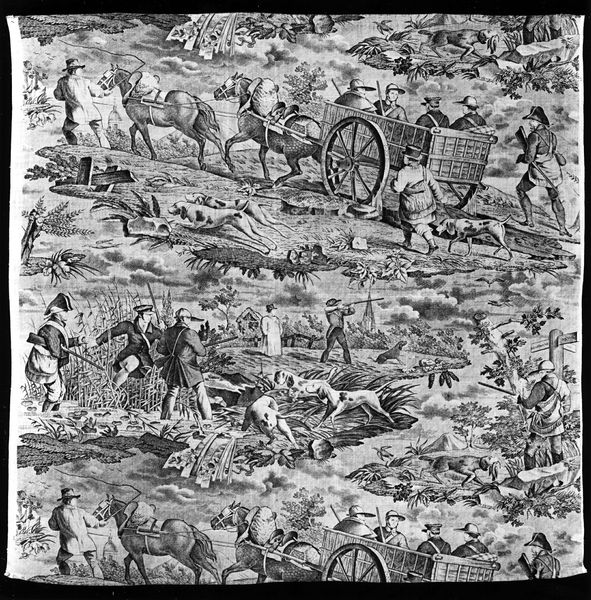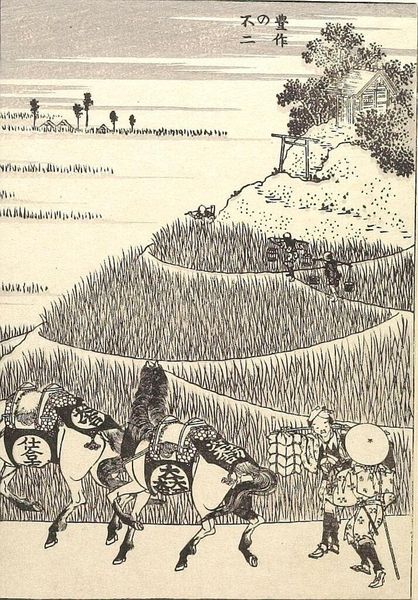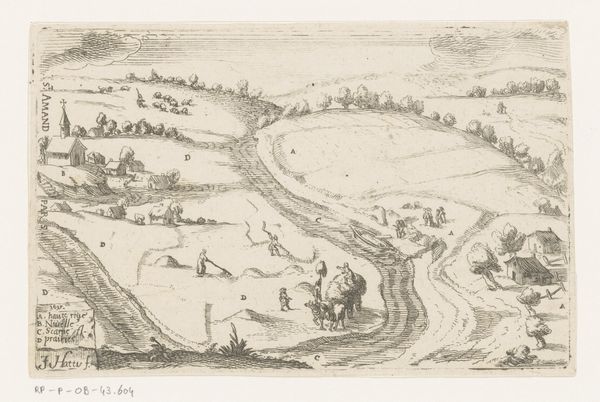
drawing, ink
drawing
landscape
ink
line
realism
monochrome
Copyright: Martiros Sarian,Fair Use
Editor: Here we have Martiros Sarian’s "Plowing" from 1929, created with ink on paper. I’m immediately struck by the repetitive lines and monochrome palette. It’s a very graphic landscape. What are your initial thoughts when you look at this piece? Curator: I see this image operating on multiple levels, particularly within its historical context. Sarian created this during a period of forced collectivization in Soviet Armenia. Does this idealized scene subtly critique the brutal reality of agricultural policy at the time, using nostalgia as a form of resistance? Editor: That’s fascinating. I hadn’t considered the socio-political context. It definitely changes my perspective. Are the parallel lines representative of strict collectivization and division of agricultural labor? Curator: The linear rendering of the plowed fields could certainly be interpreted that way. What role does the scale of the humans play here? How does Sarian use them to illustrate control of the land, if he does at all? Editor: Now that you mention scale, I see how the small size of the people and oxen diminishes their individual agency, making them seem part of a larger, perhaps oppressive, system. I initially interpreted the simplified style as merely aesthetic. Curator: And could the simplification also be a form of sanitization, removing the true hardships from this image? What message might that send to those viewing this? Editor: This conversation completely reshapes my understanding of "Plowing." I'll remember to look beyond surface aesthetics and consider the social climate. Curator: Precisely. Recognizing the role of institutions and the politics of representation allows us to unearth complex dialogues in even seemingly straightforward imagery.
Comments
No comments
Be the first to comment and join the conversation on the ultimate creative platform.
